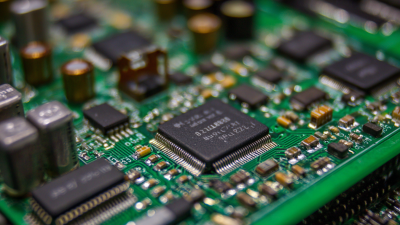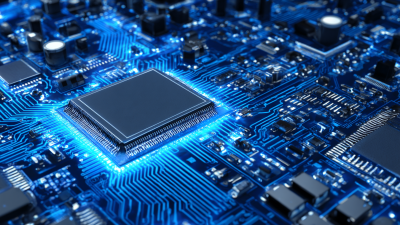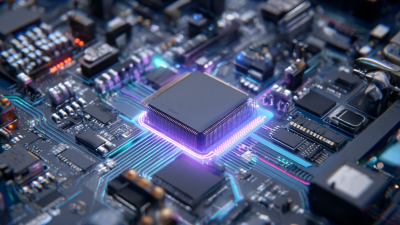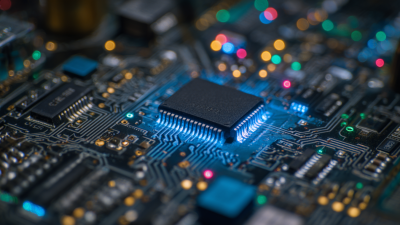In the rapidly evolving electronics industry, optimizing the printed circuit board assembly (PCBA) process has become crucial for ensuring product reliability and minimizing production costs. According to a recent report by Grand View Research, the global PCB market size was valued at USD 61.8 billion in 2020 and is expected to expand at a compound annual growth rate (CAGR) of 4.8% from 2021 to 2028. This highlights the growing significance of efficient PCBA practices to meet the increasing demand for sophisticated electronic devices. Implementing best practices not only enhances the assembly efficiency but also mitigates common pitfalls such as defects and delays. By leveraging advanced technologies and optimizing workflows, manufacturers can significantly improve their PCBA processes, leading to higher-quality products and a more competitive market position. As the industry continues to innovate, adopting strategic optimization measures in printed circuit board assembly will be pivotal for success.
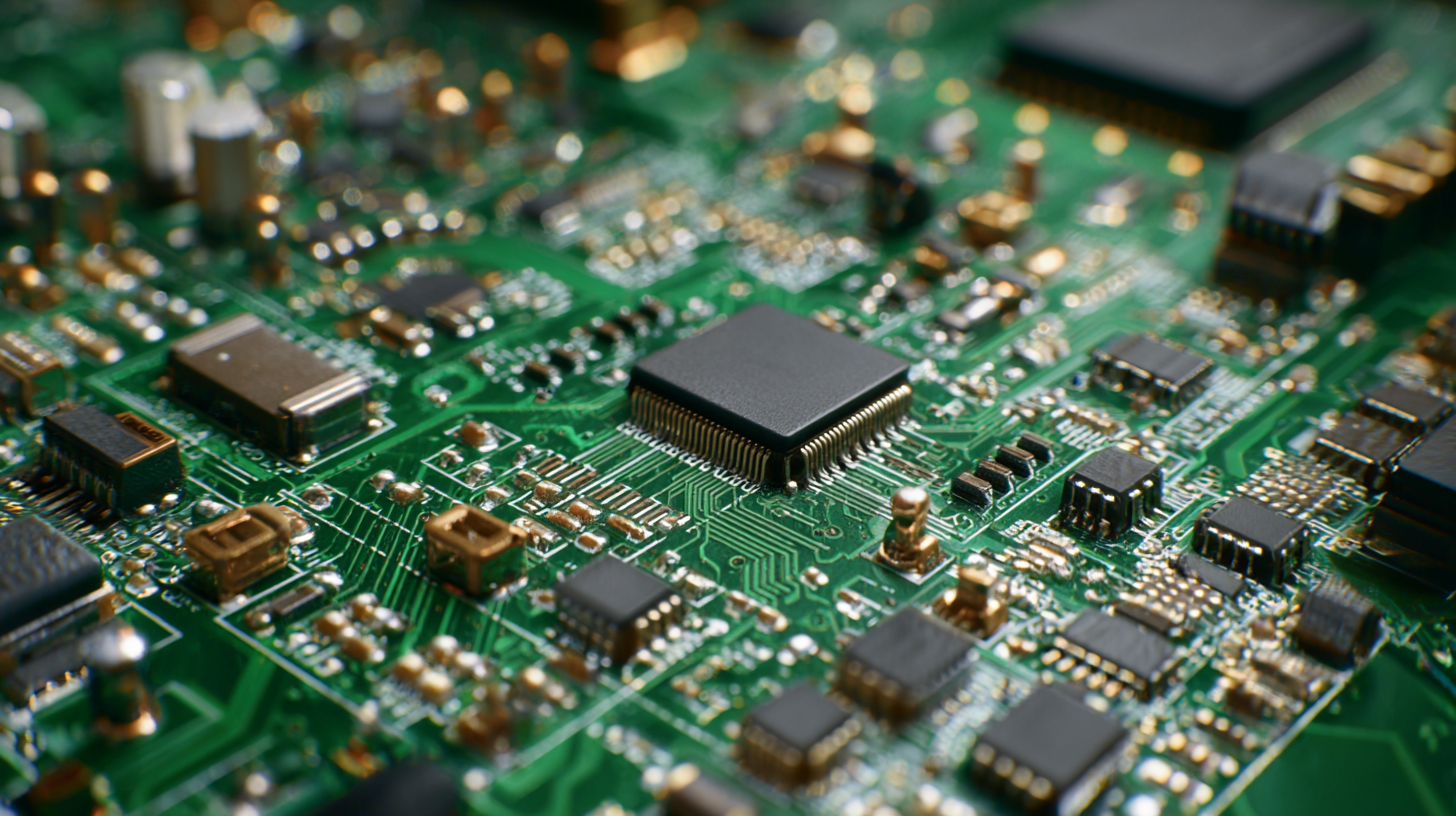
In the realm of PCB assembly optimization, identifying key components plays a crucial role in enhancing overall efficiency. The selection of high-quality materials is paramount; using durable substrates and precise components can minimize errors and reduce the risk of malfunction. Additionally, utilizing advanced technologies such as surface mount technology (SMT) can lead to more compact designs, enabling higher density and improved performance.
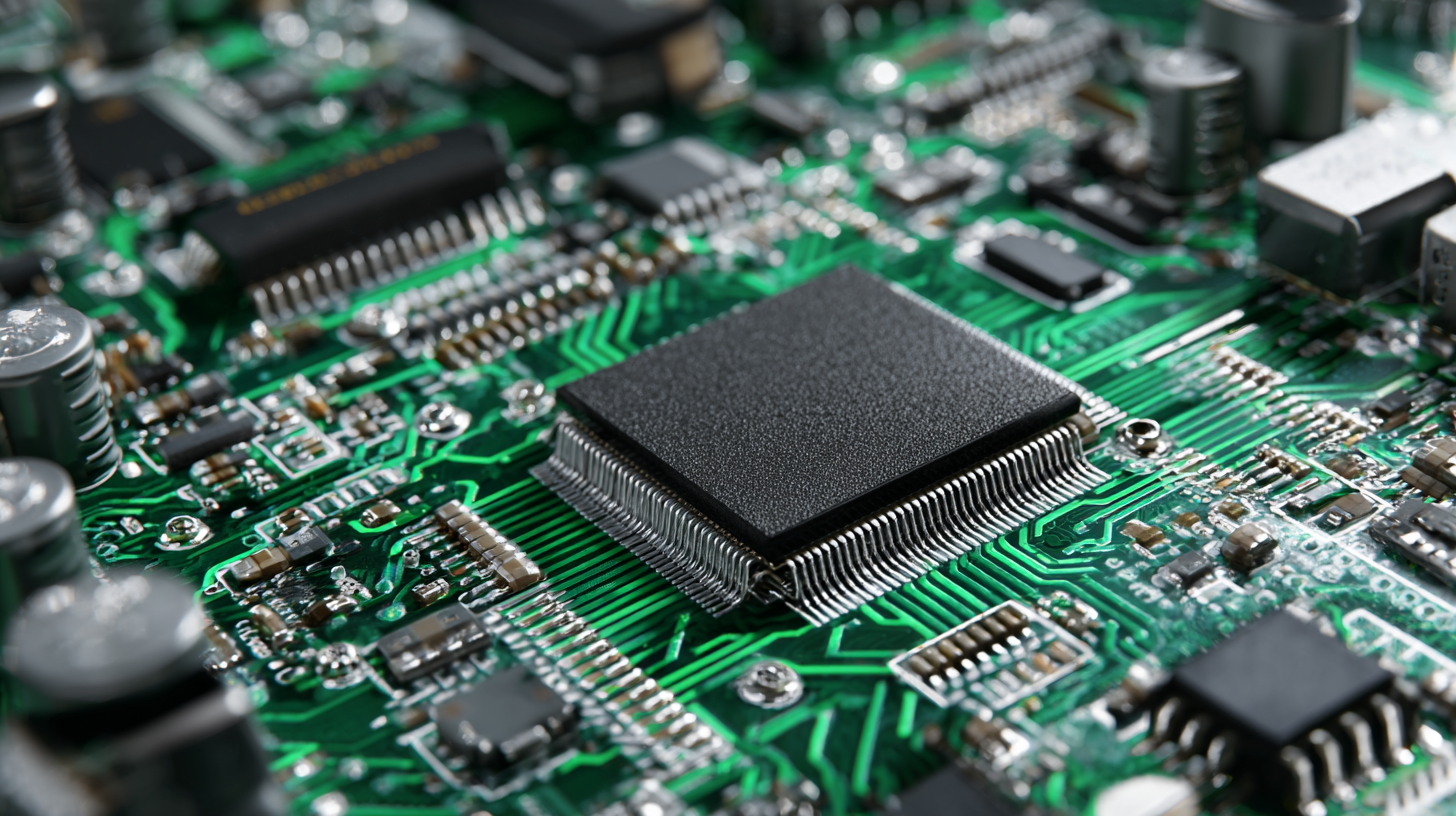
Another critical aspect is ensuring that all components are properly sourced and compatible. This requires a thorough understanding of the specifications and functionality of each component. By establishing strong relationships with reliable suppliers, manufacturers can secure consistent quality in their assembly process. Furthermore, incorporating automation tools, such as pick-and-place machines, can streamline the assembly line, reducing human error and speeding up production rates. Careful consideration of these components not only optimizes the assembly process but also contributes to the overall reliability and success of the final product.
In the competitive landscape of electronics manufacturing, streamlining design for manufacturability (DFM) in PCB production is crucial. According to a report by IPC, reducing manufacturing costs through effective DFM practices can lead to savings of up to 25%. Implementing DFM principles early in the design phase can help engineers identify potential issues, allowing for modifications that minimize production delays and material wastage. This proactive approach not only enhances the efficiency of the assembly process but also improves the overall quality of the final product.
Moreover, integrating automated design tools can significantly facilitate DFM in PCB production. A study by CADENCE indicates that companies using automated DFM tools reported a 30% reduction in design errors and a 50% decrease in time-to-market for new products. These tools aid in assessing manufacturability during the design stage, enabling designers to evaluate electronic components, layouts, and soldering processes critically. By emphasizing DFM, manufacturers can create PCBs that are more cost-effective and easier to assemble, ensuring a competitive edge in an increasingly demanding market.
| Best Practice | Description | Benefits | Implementation Tips |
|---|---|---|---|
| Design for Manufacturability | Create designs that are easy to manufacture. | Reduced production costs and faster lead times. | Engage with manufacturers early in the design phase. |
| Use Standard Components | Incorporate off-the-shelf parts. | Lower costs and easier sourcing. | Prioritize commonly available parts during design. |
| Optimize Layout | Arrange components for efficient assembly. | Minimize assembly time and errors. | Utilize design software for optimal layout analysis. |
| Automate Assembly Processes | Implement automation in assembly lines. | Enhanced speed and accuracy. | Assess ROI before investing in automation tools. |
| Thorough Testing Protocols | Establish robust testing procedures. | Ensure product reliability and quality assurance. | Implement testing at various production stages. |
| Continuous Feedback Loop | Encourage feedback from all stakeholders. | Promote ongoing improvements and adjustments. | Regularly schedule review meetings and reports. |
| Training & Skill Development | Invest in staff training programs. | Enhance workforce efficiency and knowledge. | Create a structured training plan with clear objectives. |
Implementing automated solutions in your printed circuit board (PCB) assembly process can significantly enhance efficiency and reduce errors. Automation technology, such as robotic arms and automated optical inspection systems, streamlines repetitive tasks that are prone to human error. By integrating these solutions, companies can achieve higher precision and consistency, ensuring that each assembly meets stringent quality standards.
Tips for optimizing automation in PCB assembly include investing in flexible machinery that can adapt to different tasks, and utilizing software that provides real-time data tracking. These tools not only increase speed but also enable quicker adjustments, reducing downtime during production. Regularly training staff on new technologies is crucial, as a well-informed team can make the most of the automated tools at their disposal.
Furthermore, consider implementing machine learning algorithms to analyze assembly processes. These technologies can predict potential issues before they arise and suggest optimal configurations to reduce waste. By continuously analyzing performance data, businesses can refine their assembly processes and achieve significant cost savings over time.
In the realm of printed circuit board (PCB) assembly, the implementation of quality control measures is crucial for enhancing reliability. According to a report by IPC, a global trade association for the electronics industry, over 70% of electronic failures can be traced back to manufacturing defects. This staggering statistic highlights the necessity of stringent quality control processes throughout the assembly lifecycle. By leveraging techniques such as automated optical inspection (AOI) and X-ray imaging, manufacturers can detect potential faults early, ensuring that the final product meets reliability standards.

Moreover, continuous monitoring and testing procedures can significantly reduce the rate of defects. A study from Deloitte indicated that companies applying rigorous quality control during PCB manufacturing could reduce their failure rates by over 30%. This not only leads to improved product reliability but also enhances customer satisfaction and lowers warranty costs. As the industry increasingly demands high-performance components, prioritizing quality control measures is not just an option but a requirement for sustaining competitive advantage in the PCB assembly market.
Continuous improvement is crucial for optimizing your printed circuit board (PCB) assembly processes. According to a report by IPC, implementing lean manufacturing principles can reduce production costs by 25% and lead times by 30%. By focusing on efficiency and eliminating waste, companies can significantly enhance their PCB assembly operations. Adopting a culture of continuous improvement encourages teams to regularly assess each phase of the assembly process, identifying potential bottlenecks and areas for enhancement.
One effective strategy is to integrate automation into the assembly line. As noted in a 2022 study by the Electronics Industry Association, automation can improve constancy in quality by up to 40% and increase throughput by 20%. This not only streamlines operations but also provides valuable data analytics that can guide future adjustments.
Tips: Regularly conduct training sessions for assembly staff to stay updated on the latest technologies and methods. Additionally, gather feedback from operators on the floor; their insights can reveal practical opportunities for process enhancements that might otherwise go unnoticed. Through such continual evaluation and adaptation, companies can ensure that their PCB assembly processes remain competitive and efficient.
